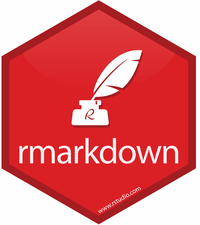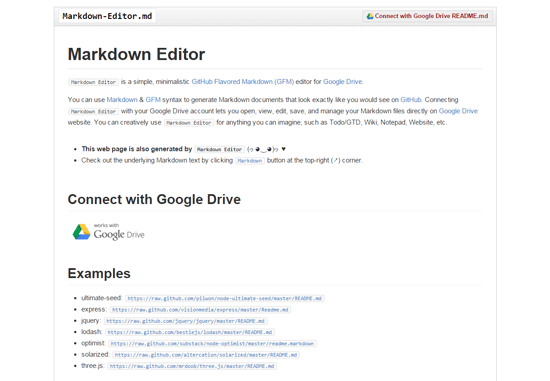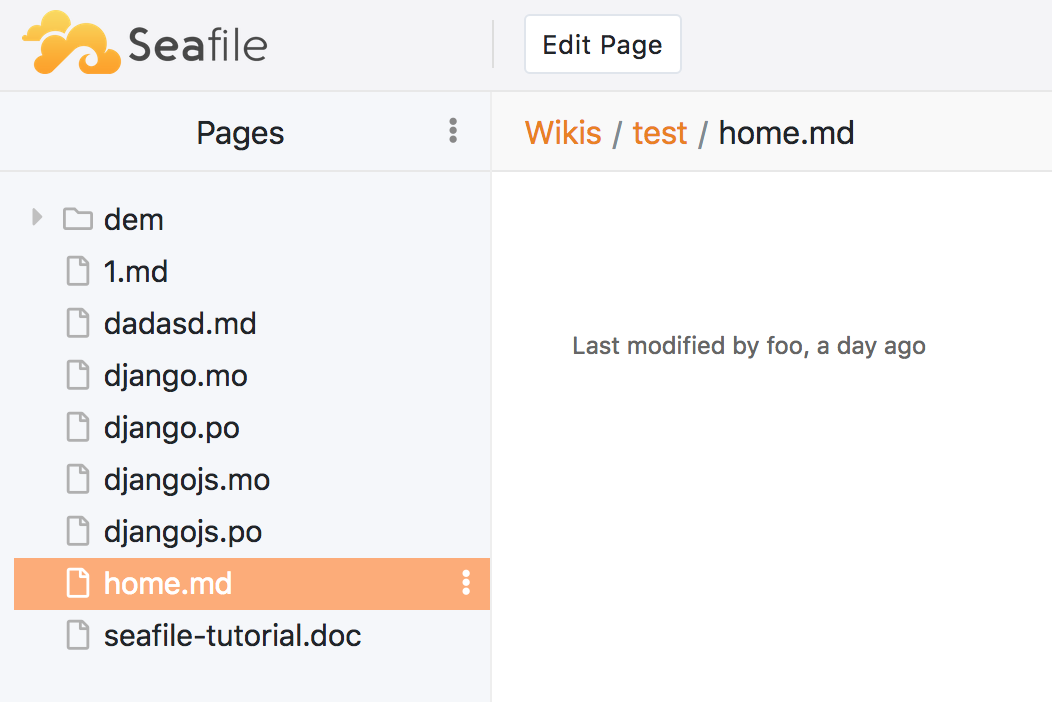You can write content in regular Markdown files (e.g., files ending in .md).Jupyter Book supports any Markdown syntax that is supported by Jupyter notebooks.Jupyter Notebook Markdown is an extension of a flavour of Markdown calledCommonMark Markdown.It has many elements for standard text processing, though it lacks a lot of features used forpublishing and documentation.
- Secure Markdown Formatter. It free and easy to use and formatter and Markdown Beautifier also Support Markdown File and URL.
- There are a lot of free online Markdown editors out there, so choosing one to use can be difficult. In this post, you'll find the top ten free online markdown editors. We think two truly stand out.
- Is a tool to convert markdown to PDF.
See related links to what you are looking for.
Note
If you’d like a more in-depth overview and guide to CommonMark Markdown, seethe CommonMark Markdown tutorial.
Markdown File online, free
This page describes some basic features of the Jupyter Notebook Markdown, and how toinclude them with your book.

Embedding media¶
Adding images¶
You can reference external media like images from your Markdown file. If you userelative paths, then they will continue to work when the Markdown files are copied over,so long as they point to a file that’s inside of the repository.
Here’s an image relative to the book content root
It was generated with this code:
See also
Images and figures for more information.
Adding movies¶
You can even embed references to movies on the web! For example, here’s a little GIF for you!
View Markdown File Online
This will be included in your book when it is built.

Mathematics¶
For HTML outputs, Jupyter Book uses the excellent MathJax library,along with the default Jupyter Notebook configuration, for rendering mathematics from LaTeX-style syntax.
For example, here’s a mathematical expression rendered with MathJax:
Block-level mathematics¶
You can include block-level mathematics by wrapping your formulas in $$ characters.For example, the following block:
Results in this output:
You can also include math blocks by using LaTeX-style syntax using begin{align*}.For example, the following block:
Results in:

Important
This requires the amsmath MyST extension to be enabled.
Extended Markdown with MyST Markdown¶
In addition to CommonMark Markdown, Jupyter Book also supports a more fully-featured version of Markdown called MyST Markdown.This is a superset of CommonMark that includes syntactic pieces that are useful for publishing computational narratives.For more information about MyST Markdown, see MyST Markdown overview.
File TypeMarkdown Documentation File
| Developer | John Gruber |
| Popularity | |
| Category | Developer Files |
| Format | Binary |
What is a MARKDOWN file?
A MARKDOWN file is a text file created using one of several possible dialects of the Markdown language. It uses plain text formatting but contains inline text symbols that specify how to format the text (e.g., *bold* for bold text, or other markups for italics, indentation, headers, etc.). MARKDOWN files are designed for writing documentation in plain text that can be easily converted to HTML.
In addition to HTML documentation systems, Markdown files are also useful with source code version control systems. This is because the text files can easily be reviewed in plain text against historical revisions. Projects created with GitHub, a popular online version control system, often use a file named README.markdown, which contains the readme for the source code.
A Perl program named 'Markdown' is available for converting Markdown to HTML. It can be downloaded at the Daring Fireball website, which is maintained by John Gruber, the developer of Markdown.
NOTE: Markdown files may also use the .MD, .MARKDN, and .MDOWN extensions. However, the '.markdown' and '.md' extensions are the most popular.
Programs that open MARKDOWN files


